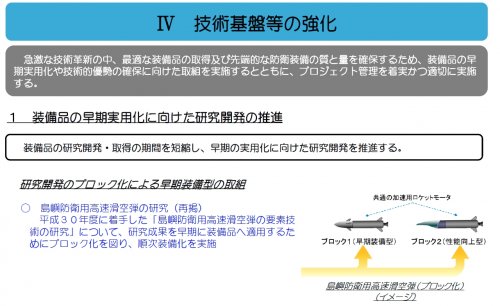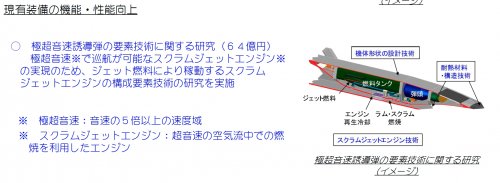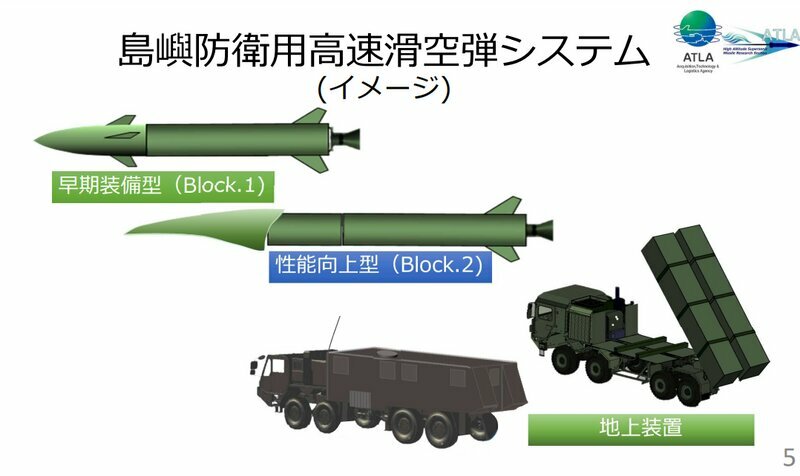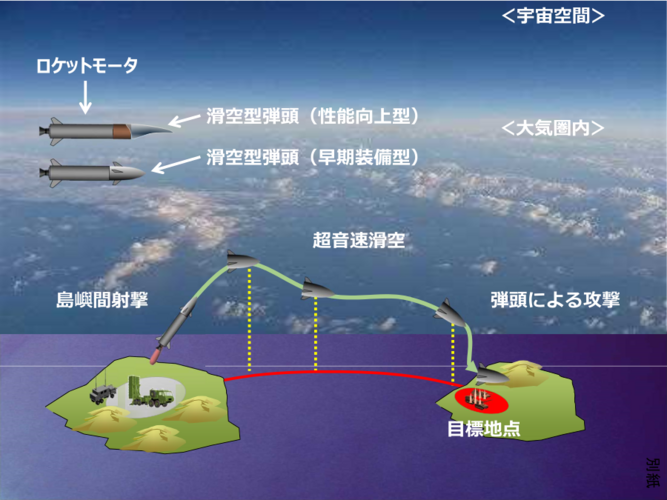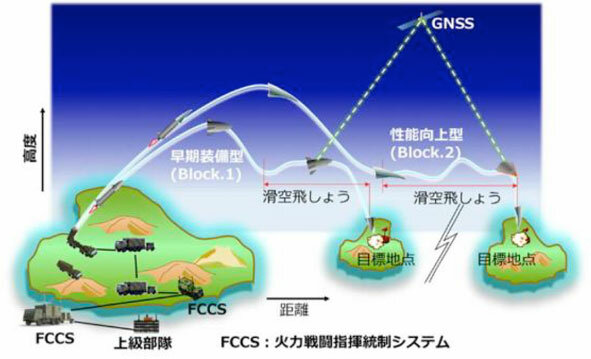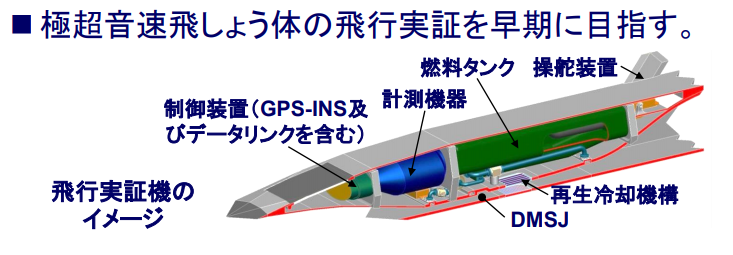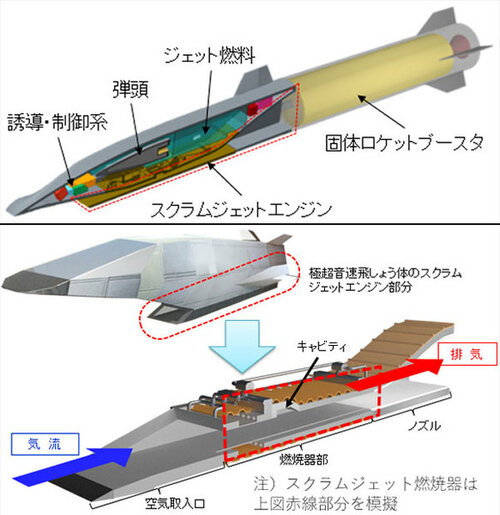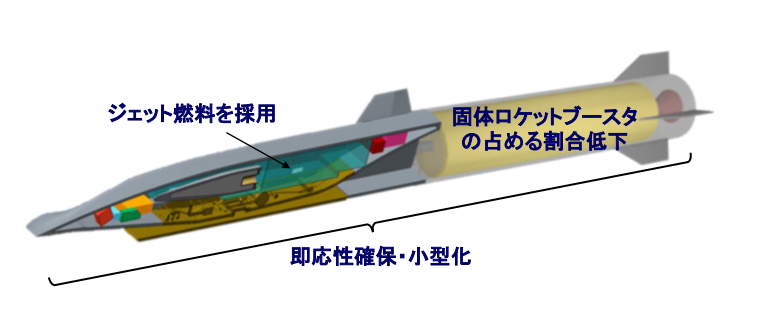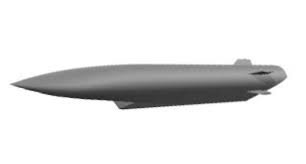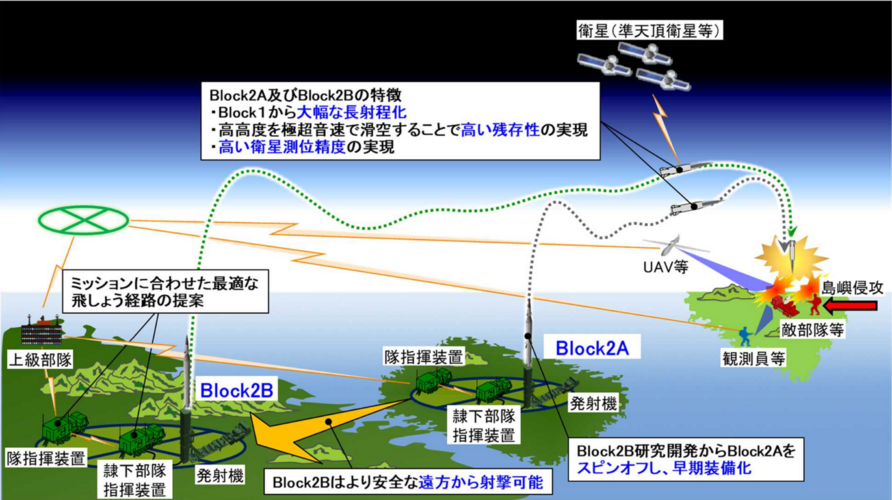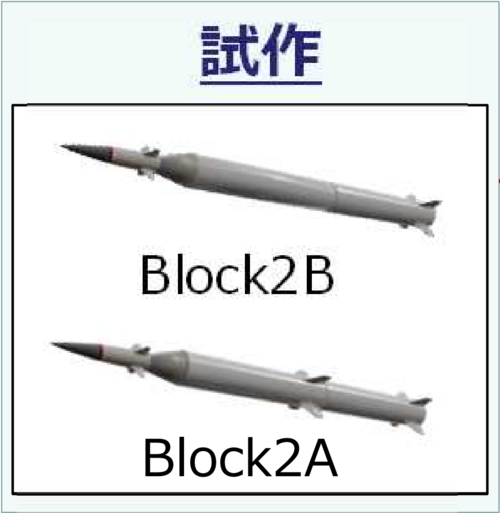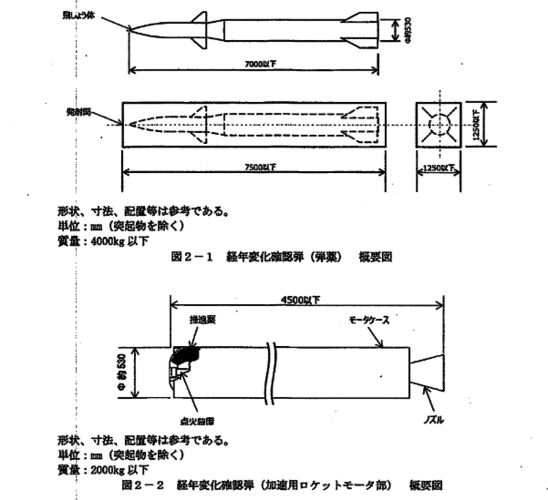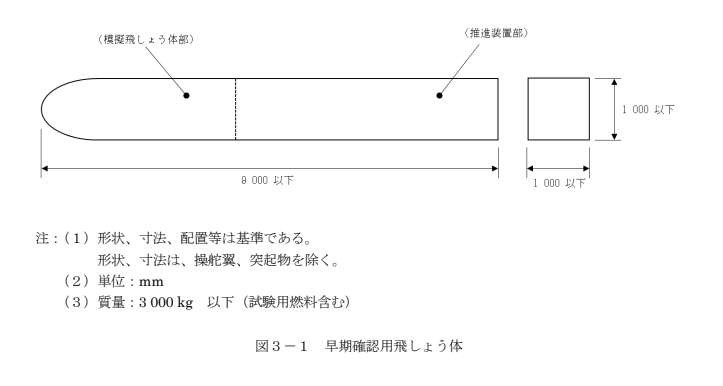- Joined
- 21 January 2015
- Messages
- 11,519
- Reaction score
- 14,718
Wonder if this line in the budget could be referencing the development of a boost-glide weapon.

the development of a high-speed glide bomb for use in contingencies on such islands (10 billion yen); the development of a system to monitor space activity (4.4 billion yen).

What’s in Japan’s Record 2018 Defense Budget Request?
Japan’s defense spending continues to be driven by concerns about North Korea and Chinese maritime activities.
thediplomat.com
Last edited by a moderator:

